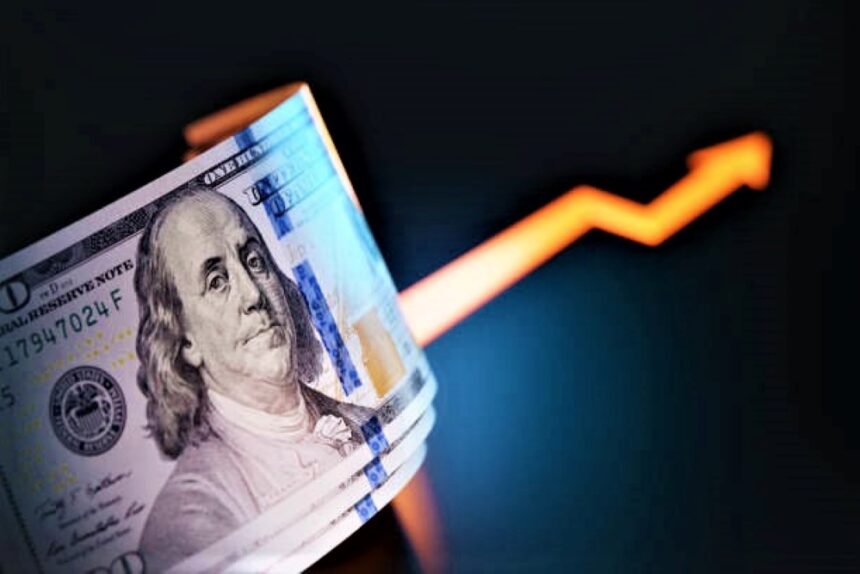US dollar experiencing a rocky ride as a result of alleged BoJ acudollar fell.
During the Asia Pacific trading session on Monday, the US Dollar (USD) suffered losses. Although not proven, markets are speculating that the Bank of Japan (BoJ) or its Ministry of Finance intervened in the forex market to support the fast dropping Japanese yen (JPY).
The USDJPY pair fell from 160.17 to 154.50, reflecting a more than 3.50% strengthening of the Japanese yen against the US dollar. . This dramatic shift reverberated throughout the FX markets, causing the greenback to trade weaker across the board.
Traders are trying to keep their powder dry ahead of the Federal Reserve meeting on Wednesday.
On the economic data front, Monday marks a rather peaceful start to the week, with the US Federal Reserve (Fed) meeting for the Federal Open Market Committee (FOMC) on Wednesday. The primary factor will be how Fed Chairman Jerome Powell assesses the current situation following some dismal US economic data and signs of persistent pricing pressures.
Daily Market movers: Do interventions actually work?
Overnight, the Japanese Ministry of Finance or the Bank of Japan (BoJ) may have intervened in the Japanese Yen, albeit no official announcement has been issued. The move comes after the USDJPY pair reached 160.00 in early trade on Monday. The Bank of Japan intervenes by strengthening its currency to avoid imported inflation from a weak currency, which could lead to increased demand from overseas for locally manufactured goods.
At 14:30 GMT, the Dallas Fed Manufacturing Business Index for April will be revealed. The previous printout was -14.4.
Around 15:30 GMT, the US Treasury will issue three and six-month bills.
On Monday, equities were generally up, thanks to a lower greenback. When equities underperform, the US Dollar strengthens due to increased demand for safe haven assets.
According to the CME Fedwatch Tool, there is an 88.5% chance that the Federal Reserve’s fed funds rate will remain unchanged in June. Chances of a rate drop in July is out, and the tool predicts that rates will be lower than they are now in September by 43.6%.
The benchmark 10-year US Treasury Note is currently trading at 4.64% and has remained there for some time.









